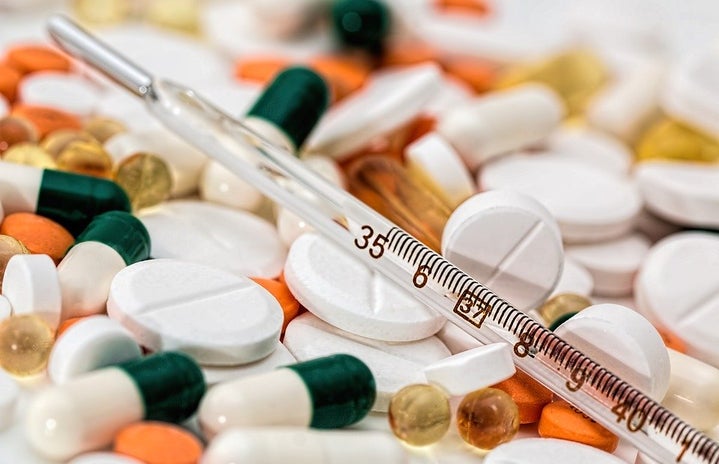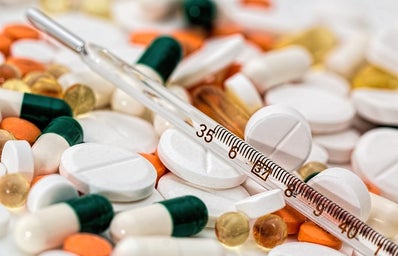Hospitals have been burdened with COVID-19 patients for almost two years. Vaccines and masks have helped reduce the load put on healthcare workers, and, most recently, a COVID-19 pill could lighten that workload even further. The new pill, Molnupiravir, is waiting for approval by the FDA for emergency use authorization. In a company press release, Merck announced that the “drug cut the risk of hospitalization and death by half in patients who had mild to moderate disease.” The impact this pill will have on the healthcare industry is remarkable. It’s important to note that this pill is effective against mutations such as the delta virus. Although it may seem like COVID is a thing of the past, it is still affecting many people around the world.
You may be familiar with Tamiflu. If you aren’t, Tamiflu is also an antiviral drug like Molnupiavir, but Tamiflu is used to treat the flu. If you don’t recall, the flu also created a health crisis, and the flu shot and Tamiflu helped fight against it. Both medications can be taken at home, but they only work if they are taken within the first few days that symptoms appear. The difference between the two is Tamiflu works differently “by interfering with the entry of influenza virus into cells” while Molnupiavir stops replication of the viral RNA.
This pill is newsworthy because all current treatments for COVID-19 require an IV or injection. AP News reports that this at-home pill “would ease pressure on hospitals and could also help curb outbreaks in poorer and more remote corners of the world that don’t have access to the more expensive infusion therapies.” It will be much more affordable and accessible to obtain a prescription from your primary care physician for a pill that could treat COVID-19.
This pill works by blocking COVID’s ability to replicate in your body. It is meant to be taken in a group of four pills twice a day for five days and does not help those already hospitalized, which is common for antiviral drugs. It must be taken within five days after having symptoms for COVID.
There is still plenty of room for research to improve and answer questions regarding this new drug. The first question is “who can take Molnupiravir?” According to Yale Medicine, during the clinical trials for the pill, participants were either 60 years of age and above or younger individuals with high-risk factors like diabetes, heart disease or obesity. Because this pill has only been taken by older adults and those considered high risk, more research needs to be done to approve the pill for younger populations and learn how it would interact with people who are vaccinated versus those who aren’t. Further research could possibly explore options to reduce the dosage because, at this point, one would need to take eight pills every day for five days.
One thing that stood out for me in this study was that the trial stopped early and was sent for approval. At first, it worried me. Why would they send in their results before even finishing their experiment? It seems careless. But, apparently, it is not an uncommon thing to see in clinical trials. They stopped because an independent committee “concluded that the results showing efficacy were clear and would not be affected by continuation of the trials — and that the best thing would be to stop the trial and make the results known.” So instead of wasting time by finishing the trials waiting for results that were not going to change, they decided to conclude the study so the results could be used and studied further.
Although this pill could be a game-changer, doctors still recommend that you receive the COVID vaccine “given that they help prevent transmission and also reduce the severity of illness in those who do get infected.” It would be much easier to prevent it than to treat the disease. This pill isn’t intended to replace the vaccine, but rather it should be used as a supplement in the fight against COVID.
A recent update on the COVID pill is that Merck has “granted a royalty-free license [for the pill]… to a United Nations-backed nonprofit in a deal that would allow the drug to be manufactured and sold cheaply [only $20 compared to the U.S. at $712 per treatment] in the poorest nations, where vaccines for the coronavirus are in devastatingly short supply.” This is exciting news for the rest of the world who is still suffering far worse than the U.S. due to a lack of resources.


